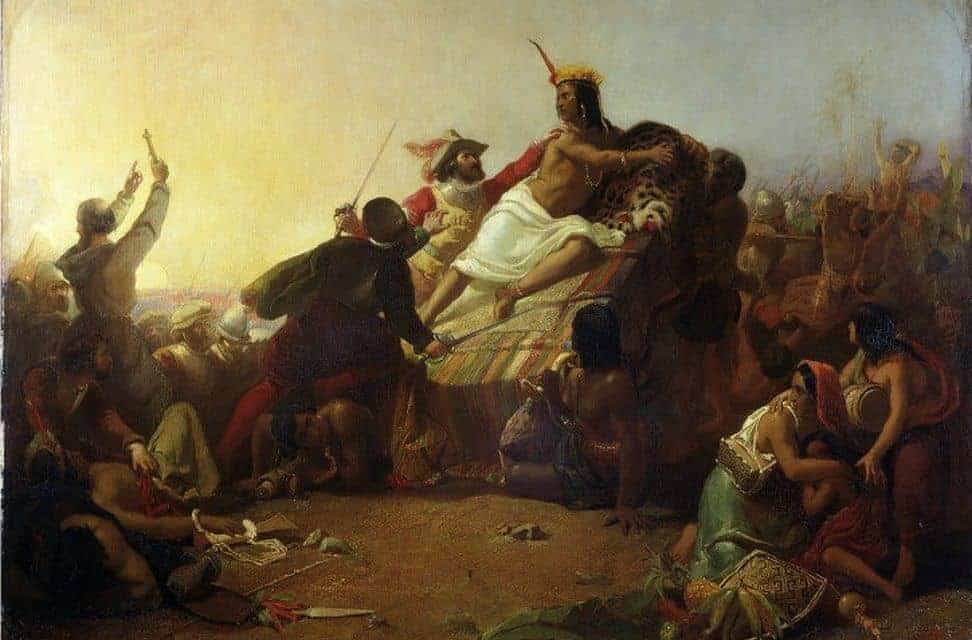The discovery of Machu Picchu by Hiram Bingham in 1911 helped bring global attention to the once mighty Inca civilization. The Kingdom of Cusco was founded, probably by Manco Capac, in 1197, and it slowly grew through assimilation and warfare. By 1438, it had become the all-powerful Inca Empire and began expanding far beyond its original borders. Under the leadership of the supreme leader (the Sapa Inca) Pachacuti, the Inca Empire conquered a swathe of land around the size of America’s original 13 colonies.
For a relatively short period, the empire was the most powerful in South America but it soon met its match in the form of Spanish conquistadors led by Francisco Pizarro. The Spaniards reached Inca territory by 1526 and within seven years, they had all but conquered the Inca. The key moment was the Battle of Cajamarca in 1532 when a Spanish force of no more than 168 men defeated up to 8,000 Inca without a single death and only one minor injury. In reality, Cajamarca was more of an ambush than a battle but it unquestionably changed the course of history.

Background
The voyage of Columbus in 1492 and the Treaty of Tordesillas, signed two years later, ensured Spain laid claim to most of the Americas. This element of control was only solidified by the conquest of the Aztecs in Mexico by Hernan Cortes. Francisco Pizarro was one of many Conquistadores lured to the Americas by tales of riches beyond a man’s wildest dreams. He was part of the Vasco Nunez de Balboa expedition to Panama in 1513. Pizarro became close friends with the governor of Castilla de Oro and when it was deemed time to get rid of Balboa, Pizarro was told to arrest the explorer and bring him to trial. Balboa was executed in 1519.
Inspired by the exploits of Cortes, Pizarro began his first expedition to Peru in 1524. It was a disaster and Pizarro was lucky to escape with his life. His second expedition, which began in 1526, proved far more successful. However, the new governor refused to allow a third expedition in 1528, so Pizarro returned to Spain with treasure including gold, silver, llamas and a handful of natives. He was determined to return and put together an expeditionary force which arrived in Panama in December 1531. The group contained around 180 men and 30 horses, and they sailed down South America’s west coast. They arrived at Tumbes in Peru in 1532 and were joined by 50 horses and 100 men led by Hernando de Soto.

They say that timing is everything and Pizarro proved it because the timing of his arrival was fortuitous to say the least. His group began moving inland in May 1532 and he soon learned about the bitter civil war between Atahualpa and Huascar. Pizarro had adopted a smart policy of ingratiating himself to the natives with good manners and gestures of goodwill. As a result, they faced zero opposition on the road to Cusco as Atahualpa elected not to stand in the way of the Spaniards. A combination of arrogance and curiosity meant that the conquistadores were within striking range of the Sapa Inca.

